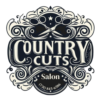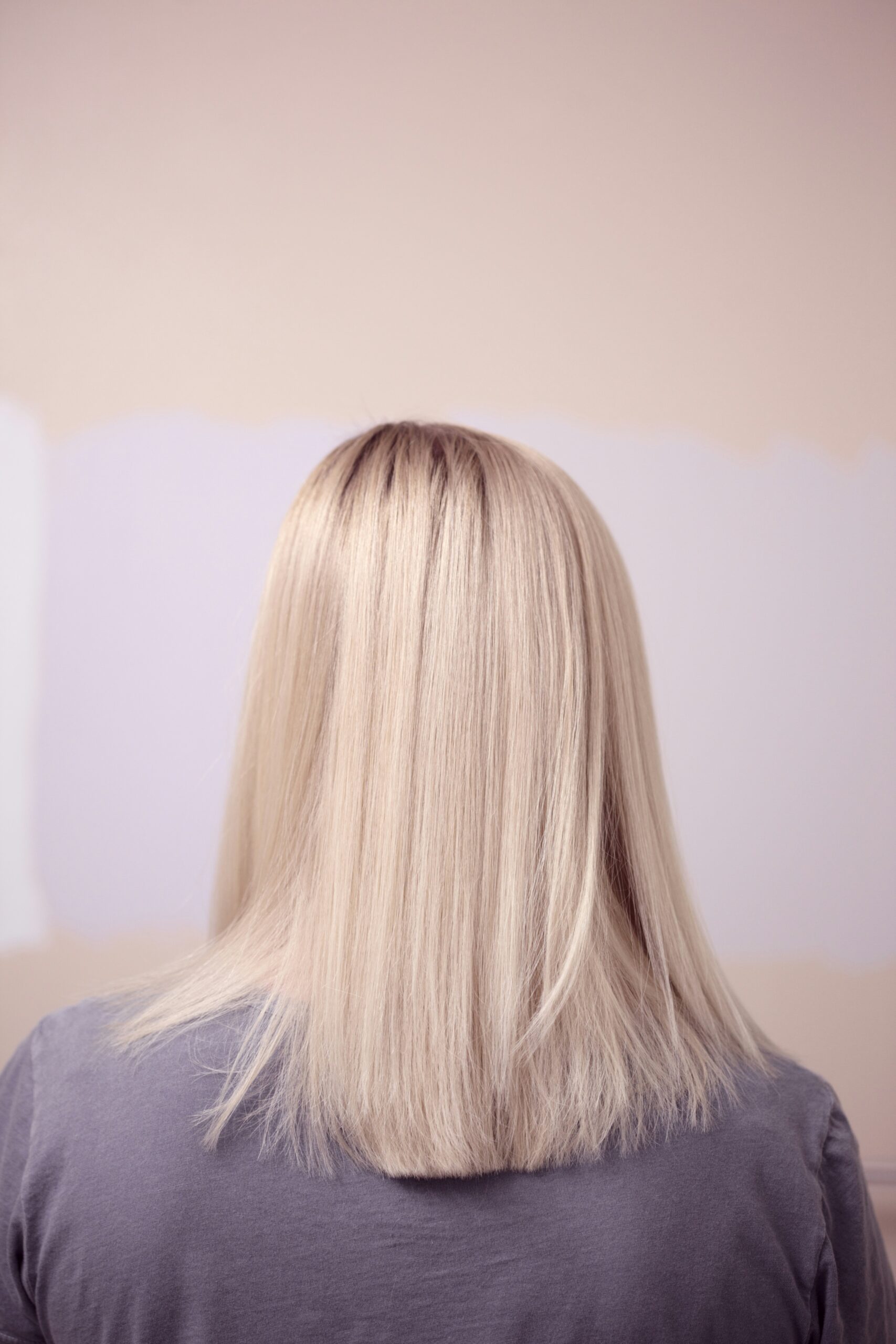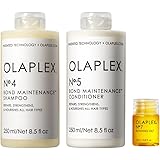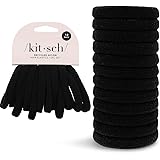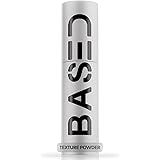Introduction to Modern Hair Coloring
Hair coloring has undergone a remarkable evolution over the past decades, transforming from a simple act of covering greys to a vibrant form of self-expression. From the classic highlights and lowlights to avant-garde techniques like balayage and ombré, the spectrum of choices has expanded significantly. This transformation is driven by an increasing desire among individuals to customize their appearance and reflect their personality through their hair.
The influence of social media trends and celebrity culture cannot be understated in this paradigm shift. Platforms like Instagram, TikTok, and Pinterest serve as expansive galleries of inspiration, showcasing a plethora of innovative hair coloring techniques and setting the stage for global trends. Celebrities and influencers often pioneer bold hair color choices, further popularizing these trends among their followers. For instance, pastel shades, vibrant hues, and color melts have seen a surge in demand, thanks to their frequent appearances on the heads of trendsetters.
Staying updated with the latest trends in hair coloring is not just about following the crowd but about keeping your look fresh and modern. Hair color techniques are continually evolving, with stylists and colorists developing new methods to achieve more dynamic and personalized looks. Up-to-date knowledge ensures that you are aware of the best practices, the most flattering hues for your skin tone, and the techniques that can best express your style.
This cutting-edge landscape of hair coloring offers endless possibilities, making it an exciting time for anyone looking to experiment with their appearance. By embracing the latest trends, you can transform your look in ways that are both stylish and uniquely yours.
Balayage and Shadow Root Techniques
Balayage and shadow root techniques represent a departure from traditional highlights, offering a more contemporary approach to hair coloring. These methods have surged in popularity due to their ability to create a natural, sun-kissed look while demanding significantly less maintenance compared to conventional highlighting techniques.
Balayage, derived from the French word “to sweep,” involves hand-painting color onto the hair. This technique allows for a more customized and natural appearance, mimicking the effect of sunlight lightening the hair. Unlike traditional highlights, which use foils to create uniform streaks, balayage focuses on a much softer, blended transition from dark to light. The result is a multidimensional look that grows out gracefully, reducing the need for frequent touch-ups.
The shadow root technique, on the other hand, involves darkening the roots while keeping the ends lighter. This creates a shadow effect that adds depth and dimension to the hair. Much like balayage, the shadow root method offers a low-maintenance option. As the hair grows, the natural darker root blends seamlessly with the lighter ends, allowing for more extended periods between salon visits. This technique is advantageous for those who want to add volume and depth without committing to a high-maintenance hair coloring routine.
Both balayage and shadow root techniques have become trending choices because they provide a youthful, effortless look that flatters a variety of hair types and colors. Their appeal lies in the natural aesthetic and the ease of upkeep—ideal for those with busy lifestyles or those who prefer a more laid-back approach to hair care. Whether aiming for a dramatic transformation or a subtle enhancement, these techniques offer versatile and visually appealing options.
Vivids and Unicorn Hair Colors
In recent years, the realm of hair coloring has transcended traditional boundaries, giving rise to the exuberant trend of vibrant, fantasy hair colors. Audacious hues such as pastels, neons, and metallics, often referred to as “vivid” and “unicorn” hair colors, have become a significant phenomenon in contemporary hairstyling. These bold and imaginative hair color trends, once reserved for avant-garde fashion shows, have now entered mainstream culture, providing individuals with a medium to express their unique personalities creatively.
Achieving these vivid and unicorn hair colors requires specific techniques and methods. Typically, the hair must first undergo a bleaching process to remove the existing pigment and create a blank canvas. This step is crucial, especially for darker hair, as it enables the hair to absorb the new, vibrant colors more effectively. After bleaching, a variety of hair dyes designed for bright, bold colors are applied meticulously. The result is a vivid, eye-catching look that can range from a single bold color to intricate, multi-hued designs reminiscent of a unicorn’s mane.
Maintaining the vibrancy of these fantasy hair colors necessitates particular care and attention. Regular use of color-protecting shampoos and conditioners is vital to preserve the color’s intensity and prevent premature fading. Additionally, minimizing exposure to harsh environmental elements such as UV rays, chlorine, and excessive heat can help prolong the color’s longevity. It is also recommended to incorporate a deep-conditioning routine to keep the hair healthy and hydrated, as the bleaching process can be quite taxing on the hair’s structure.
For those who wish to experiment with vivids and unicorn hair colors without committing to a permanent change, temporary dyes and hair chalks offer an excellent alternative. These products enable users to try various shades and styles for special occasions or just a weekend escapade, washing out easily with a few shampoos. Temporary hair color products thus afford the flexibility to explore the vibrant world of fantasy hair without the long-term commitment, making them popular among both young trendsetters and experimental adults.
The Benefits of Organic and Natural Dyes
As more individuals become conscious of their health and the environment, the shift towards organic and natural hair dyes has gained considerable momentum. The primary impetus for this transition stems from the adverse health impacts commonly associated with traditional chemical dyes. Conventional hair dyes often contain ammonia, parabens, and other harsh chemicals that can lead to scalp irritation, allergic reactions, and long-term health concerns. Over time, the continuous exposure to these substances may even cause more significant issues such as respiratory problems or hormonal disruptions.
On the contrary, organic and natural hair dyes offer a gentler option, utilizing plant-based ingredients such as henna, indigo, and cassia. These alternatives are free from harmful chemicals and instead harness the power of nature to achieve vibrant and lasting colors. One significant benefit of these dyes is their ability to minimize damage to the hair shaft. Chemical dyes can strip the hair of its natural oils, leading to brittle and weakened strands. In contrast, organic dyes generally work by coating the hair, thereby preserving its structural integrity and enhancing its natural shine.
Moreover, the environmental footprint of organic dyes is considerably lighter compared to their synthetic counterparts. Conventional hair dyes contribute to environmental pollution through their manufacturing processes and disposal. Organic dyes use renewable resources and biodegradable ingredients, aligning with the growing eco-conscious trends among consumers.
Several brands have emerged as pioneers in the organic and natural hair dye market. For example, Henna King offers 100% pure, chemical-free henna that provides rich color while nourishing the hair. Similarly, Naturtint provides a wide range of naturally derived color options that are enriched with botanical extracts to condition and protect the hair. Another notable brand, Herbatint, combines organic herbal extracts with minimal chemical use for a balanced approach to hair coloring.
The increasing availability and variety of organic hair dyes make it easier than ever for consumers to choose healthier, eco-friendly alternatives without sacrificing the quality or longevity of their hair color.
Custom Hair Coloring with AI and Technology
In the modern era, technological advancements have seamlessly woven their magic into various aspects of our daily lives, including the beauty industry. One area witnessing a significant transformation is hair coloring, where Artificial Intelligence (AI) and sophisticated technology are making remarkable strides. AI-powered apps and advanced software are now at the forefront, enabling users to visualize potential hair color outcomes before committing to a change.
For instance, numerous apps available today allow individuals to upload their photos and experiment virtually with different hair colors. These cutting-edge tools use AI algorithms to predict how a particular shade will look on the user, taking into account factors such as skin tone, eye color, and current hair condition. This technological innovation provides a more personalized and accurate preview compared to traditional color swatches or dye samples.
Moreover, custom-made dyes are revolutionizing the hair coloring process by tailoring formulations based on individual hair profiles. Advanced diagnostic tools evaluate each user’s hair texture, type, and health, to create bespoke dye solutions. This level of customization ensures the final result is not only aesthetically pleasing but also gentle on the hair, minimizing damage and maximizing color longevity.
The convenience brought about by these advancements cannot be overstated. Gone are the days when one had to rely solely on the expertise of a hairstylist or endure trial-and-error methods to achieve the desired hair color. Now, with AI and technology at their fingertips, consumers can make informed decisions, ensuring a satisfying and stress-free hair transformation experience.
Overall, the integration of AI and technology in hair coloring is setting a new standard for precision, personalization, and convenience. By merging innovative software applications with custom hair dye solutions, individuals can confidently explore a spectrum of color possibilities, knowing that the outcome will align with their expectations and personal style.
Hair Color Techniques for Different Hair Types and Textures
Hair coloring is a transformative tool that can enhance one’s appearance, yet achieving optimal results requires careful consideration of hair type and texture. Different hair types, including curly, straight, thick, and fine hair, respond uniquely to various coloring techniques. Understanding these nuances is essential for selecting the most suitable method for each individual.
For curly hair, maintaining the natural curl pattern while applying color is paramount. Balayage is an effective technique for curly textures, offering a natural-looking gradient that transitions smoothly from root to tip. Balayage enhances dimension without overly saturating the curls, ensuring they remain bouncy and defined. Additionally, semi-permanent dyes are less likely to alter the hair’s structure, making them a viable option for curly hair. After coloring, deep conditioning treatments are vital to keep the curls hydrated and prevent frizz.
Straight hair, on the other hand, can benefit from a variety of techniques such as ombre, highlights, or full-color treatments. Ombre, in particular, creates a striking contrast and adds depth to straight strands. Highlights can inject lighter tones throughout the hair, giving an appearance of volume and movement. To maintain the health of straight hair post-coloring, regular trims and using sulfate-free shampoos can prevent breakage and preserve the vibrancy of the color.
Thick hair often poses challenges in achieving an even color application due to its dense nature. Techniques like foiling, where individual sections are wrapped in foil before applying dye, can ensure comprehensive coverage. This method allows the colorist to manage the saturation and prevent patchiness. Post-color, maintaining thick hair involves using hydrating serums and avoiding excessive heat styling to retain moisture and shine.
Fine hair is particularly susceptible to damage from coloring. Techniques such as root shadowing or babylights provide subtle enhancements without overwhelming the fragile strands. These methods impart a natural, sun-kissed effect while minimizing the risk of damage. To keep fine hair healthy post-coloring, incorporating volumizing products and limiting chemical treatments can preserve its integrity and fullness.
Professional advice underscores the importance of personalized care and utilizing the right products irrespective of hair type. Consulting with a skilled colorist ensures that the chosen technique aligns with the hair’s unique characteristics, facilitating stunning and lasting results while maintaining overall hair health.
Sustainable Hair Coloring Practices
As environmental awareness continues to grow, the hair coloring industry is evolving to meet the demand for more sustainable practices. Traditional hair dyes often contain chemicals that can be harmful to both individuals and the environment. These chemicals can pollute water systems when washed away and contribute to issues like toxicity in aquatic life. Responding to these concerns, many salons and manufacturers are actively adopting eco-friendly innovations to mitigate the negative impact of hair coloring.
One key development is the emergence of eco-friendly salons. These salons prioritize sustainability in every aspect of their operations, from energy-efficient lighting and water-saving techniques to the use of non-toxic, sustainable hair products. Salons are increasingly sourcing hair dyes that are free from ammonia, parabens, and sulfates, reducing the potential harm to the environment and to the health of consumers and stylists alike.
Sustainable packaging is another area of focus. Traditional hair dye packaging often involves excessive use of plastic, which contributes to global pollution. Innovators in the industry are now developing packaging solutions that use recycled materials, biodegradable options, and refillable containers. This shift not only reduces waste but also encourages a circular economy, where materials are continually reused and repurposed.
Additionally, many hair product companies are now committing to cruelty-free practices. This means no animal testing is involved in the development of their products. By opting for cruelty-free hair color products, consumers can ensure that their beauty routines do not come at the expense of animal welfare.
Adopting these sustainable hair coloring practices benefits both consumers and the planet. Eco-friendly products are generally safer for individuals, minimizing adverse skin reactions and long-term health risks. Moreover, reducing the environmental footprint of hair coloring helps conserve natural resources, protect ecosystems, and contribute to a more sustainable future. Through conscious choices and the support of innovative practices, the hair coloring industry can transform not just looks but the environment as well.
Future Trends in Hair Coloring
The landscape of hair coloring is on the brink of transformative changes, driven by continuous innovations and evolving market demands. As consumer preferences increasingly lean towards individuality and customization, the future trends in hair coloring are likely to implement advanced technologies and new products to meet these desires.
One of the most promising future trends is the use of artificial intelligence and machine learning in hair coloring. These technologies could allow for hyper-personalized color recommendations and precise application techniques tailored to individual hair types and lifestyles. This level of personalization promises an unprecedented level of customer satisfaction by minimizing the guesswork involved in choosing the perfect shade.
Another emerging trend is the shift towards more sustainable and eco-friendly hair coloring products. With the growing awareness of environmental impact, consumers are demanding products that are less harmful both to their bodies and to the planet. We can anticipate a surge in the development of plant-based dyes, biodegradable packaging, and processes that require less water and energy. These innovations not only align with global sustainability goals but also cater to a more conscientious customer base.
Cultural shifts are also likely to play a significant role in shaping hair coloring trends. The ongoing quest for self-expression and the breaking of traditional beauty norms will see an increase in unconventional and bold color choices. Colors like pastel hues, metallic shades, and experimental mixtures are expected to become more mainstream, as people increasingly use their hair as a canvas for artistic and cultural expression.
Technological advancements in hair care products will pave the way for more resilient and low-maintenance hair colors. Future formulations may offer extended-lasting shades that maintain vibrancy without frequent touch-ups, catering to the busy lifestyles of modern consumers. Additionally, innovations in hair health will ensure that colored hair remains as strong and healthy as natural hair, further encouraging the adoption of color treatments.
Overall, the future of hair coloring will be characterized by a blend of technological integration, sustainability, and a continuous push for individuality. These trends reflect broader societal changes and the ongoing evolution of beauty standards, suggesting that the way we color our hair is set to become even more dynamic and personalized in the coming years.
